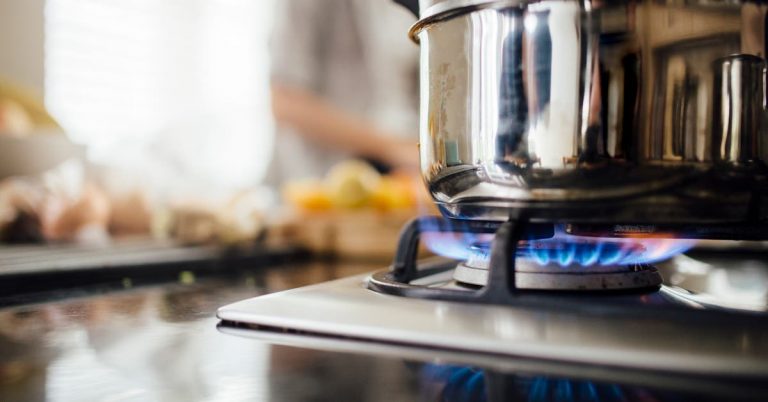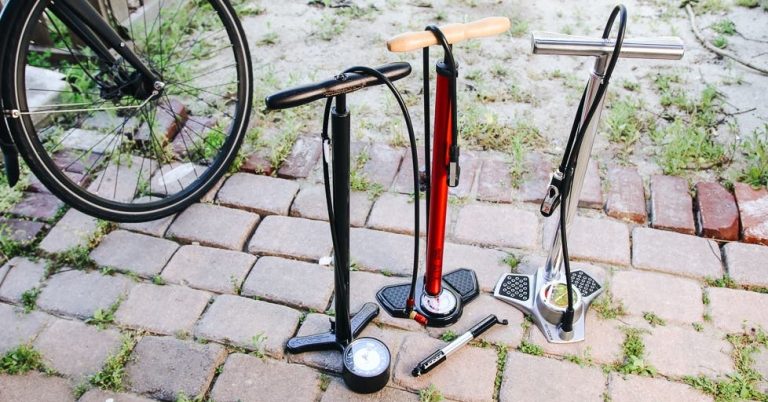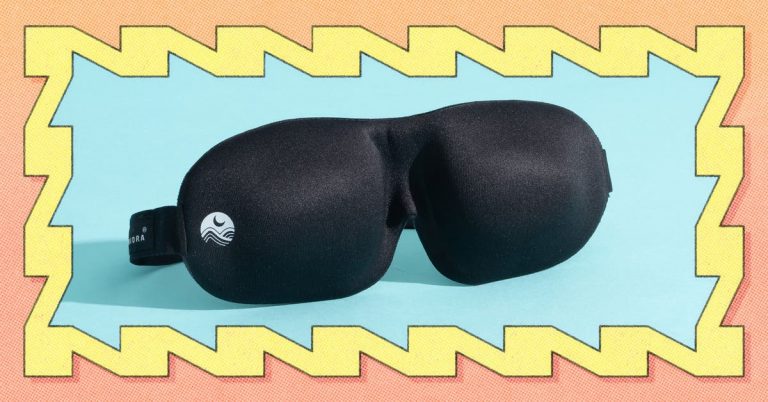You’re Probably Wearing Your Backpack Wrong
Plagued by back pain? Yeah, same. While there are many factors outside our control (the march of time, our evolutionary past), a few culprits are worth addressing (looking at you, wallets) — including how we wear our backpacks. Whether you’re heading back to school, commuting to the office, or traveling, a bag that is correctly adjusted and packed is essential for comfortable carrying. We consulted Sarah Lloyd, director of clinical education at Spear Physical Therapy, for some expert tips on how to wear backpacks the right way.
Adjust your backpack to sit high and close to your body
The key to proper pack-wearing is to make sure that it fits well on your back. When your backpack hangs too low and too far from your body, “you end up leaning forward slightly to compensate for the load,” said Lloyd. “In order to keep your eyes level and looking at the world correctly, you tilt your head up, and this head posture puts a lot of strain on your neck and upper back.” To keep back and neck pain at bay, adjust your straps so that the backpack sits high on your back and close to your body. For optimal ergonomics, “your backpack shouldn’t be bigger than your back,” Lloyd advises. This is especially important for kids, whose spines are still growing, but it also holds true for adults.
Lighten up
“People put too much stuff in their bags,” said Lloyd. Although the acceptable load varies from person to person, Lloyd notes, “A regular backpack that weighs more than 15 pounds is just not going to sit well on anyone’s back.” First, consider how much your backpack itself weighs (usually in the ballpark of 1.5 to 3 pounds) and factor in the weight of must-haves like your laptop (models range from just over 2.5 pounds for a 13-inch ultrabook up to nearly 5 pounds for a gaming laptop).
From there, you can lighten your load by paring down to the essentials and making some smart swaps. Pack meals and snacks in sleek, lightweight containers that don’t take up too much space. We recommend the compact W&P Porter Bowl, one of our lightest lunchbox picks, which clocks in at just 10.2 ounces. Trade in that 800-page book for a featherweight e-reader (our top pick, the Amazon Kindle (2024), weighs under 6 ounces) and carry travel-size versions of essential toiletries. If you’ve ruthlessly edited, and your pack is still too heavy, consider a style — like the Patagonia Refugio Daypack 26L, pictured above — outfitted with sternum or waist straps: “They keep your backpack well-positioned and help off-load the spine,” said Lloyd.

Pack heavier items closer to your back
When you’re carrying heavier items, like a laptop or textbooks, pack them as close to your body as you can. “If you have something that’s heavy farther away from you, it’s going to create more strain on your back,” said Lloyd. So load up your bag with the heaviest items in the back (the part that sits closer to your body) and the lightest toward the front. If your backpack has a dedicated laptop compartment or sleeve that’s positioned close to the body, use it: This keeps your computer sitting snugly against your back.
Balance out the bottle
Reusable water bottles are great but carrying them around can be a (literal) pain. Water bottle pockets are usually found on the sides of a backpack, so unless you’re toting two, this can lead to a rather lopsided distribution of weight. “You need to balance the water bottle with something on the other side to prevent one side of your body from having to work more,” advises Lloyd. If your bag has pockets on either side, you can load up the unused pocket to offset the extra weight. If, like many backpacks, yours is equipped with only one water bottle pocket, you can achieve the same effect by packing something heavier on the opposite side of the main compartment.
If you have hip pain, load weight on your bad side
The water bottle rule has one exception, however. If you’ve got pain on one side of your body — particularly in your lower back or hip — it’s best to carry more weight on the side that hurts, Lloyd advises. It might sound counterintuitive, but loading up on the left side actually takes pressure off of your left hip, while weighing down the right relieves strain to your right hip. It seems this is one instance where getting on your bad side isn’t, well, bad.
This article was edited by Catherine Kast and Jason Chen.






